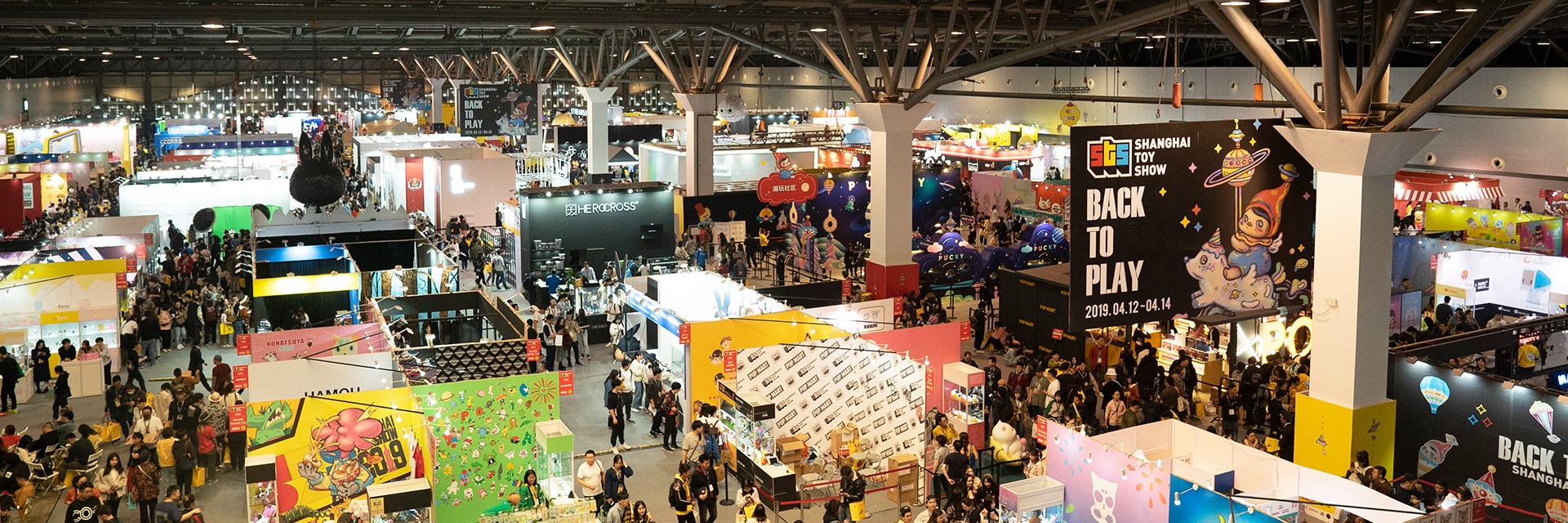The Puzzle Toy Market - Global Outlook and Forecast for 2021-2026
According to research and analysis by consulting and intelligence firm Ariston, the global puzzle toy market size in 2020 was 19.2 billion US dollars, and it is expected to reach 31.62 billion US dollars by 2026, with a CAGR growth rate of 7.12% during the forecast period. The process of children learning quickly with the help of puzzle toys is easier, which is expected to drive the growth of the global puzzle toy market. The recent trend of augmented reality (AR) learning toys may drive the demand for educational toys to grow year by year.
Details
5 major categories of puzzle toys
Cyclic class The most famous one is the Nine Links, which originated in the Song Dynasty. It contains extremely profound principles of sequence, and it is difficult to unravel if one cannot find the patterns within them. If you are facing the "Nineteen Links", solving one step per second will take you more than four days, but if it is the "Forty Nine Links", it will take more than ten million years! Other skill games such as the Longevity Ring, Flower Basket Ring, Maze, Plum Blossom Sannong, Silver Snake Dance, and Silver Snake Tail Swinging all contain deep mathematical principles, which help cultivate and improve people's spatial imagination, logical thinking, and mathematical analysis abilities. Deduction class Including Mandarin Duck Buckle, Auspicious Buckle, Tongxin Knot, Thousand Thousand Knot, and M Buckle, most of these games utilize the flexibility of ropes. The M buckle is the most representative, and you may accidentally separate it, but after installing it, you are at a loss, making it quite difficult to grasp its regularity. Ropes It usually involves removing the rope from a set frame, such as a maze elephant or a high note. This type of game is quite challenging, just like every sailor must master dozens of knots, which are the most flexible and have many variations. Splicing class These types of games generally belong to high difficulty, such as "T-puzzle", "Wataro", "Qitangban", "Liutangban", etc. These games require you to completely break out of the trap of conventional thinking, and cannot be limited to a few puzzle shapes. If you spend more time, it can tell you a new way of thinking. Building blocks Building block toys, of course, are toys made from wood as the raw material, divided into different colors and shapes according to a certain theme. The advantage of this is that because the raw material is wood, it is relatively safer compared to other chemical materials (such as plastic), and can be said to be non-toxic and odorless. This is also why many parents choose building block toys for their babies. A good building block toy should be reflected in several aspects: good raw materials; The theme expressed should be meaningful; The color and shape of individual blocks should be distinctive and have a specific image similar to common objects in daily life. This way, babies can build similar scenes based on their own images during play, and different scenes can be built according to different block colors and shapes; The number of individual building blocks, only with a large number and different shapes of building block toys, can babies have more space to play. Comprehensive category This type of game has a wide variety of genres, with representative ones such as "Single Nobles", "Hanoi Golden Pagoda", "Magic Box", "Mystery of the Ancient Deer", "Surviving in a Desperate Place", etc. "Single nobility" originated from the French court nobility in the 18th century. It is a game that challenges oneself and exercises the ability to use a few images for logical reasoning. The mystery of the ancient deer originated from ancient Europe and has been popular for over 300 years, definitely worth a try.
Details
The difference between model cars and general remote-controlled cars
What simulation car model? A simulated car model, also known as a car model, is made entirely based on the shape, structure, color, and even interior components of the real car. It is strictly scaled down to create a proportional model, which can be classified into static and dynamic models based on performance. The car model, due to its realistic reproduction of the main features of the original car, excellent workmanship, and inherent automotive culture, has great collectible value. A set of carefully collected car models can fully and realistically reproduce the history of a car company and brand. What toy car? A toy made by reducing the size of a car's basic structure and appearance in a certain proportion for children's play. Its structure includes inertia type, mechanical type, electric type, and electric remote control type. Its size design is flexible, the process is slightly rough, the materials are simple, and toy car designers do not need authorization and technical support from the original car factory. From a certain perspective, simulated car models belong to adult toys. Compared to toy cars, there is not only a significant price difference, but only when it has the following characteristics can it be called a "car model", otherwise it is just a "toy car". The characteristics of a simulated car model are: standard proportions, realistic vehicle models, meticulous production, and authorization from the original factory. Based on these characteristics, we will differentiate the two as follows: 1) A simulated car model (car model) must have the original model it represents, which is scaled down according to a certain standard proportion. The accuracy of the ratio between the original model and the original car is one of the important standards for measuring the manufacturing level of a car model. The size design of toy cars can be large or small, very casual. 2) In order to realistically reproduce the real car prototype, the car model manufacturer will not modify or exaggerate the appearance of the prototype car, let alone imagine a car out of thin air. Many toy cars may also imitate a real car, but manufacturers often make arbitrary modifications based on customer preferences and production technology limitations, which is highly arbitrary. 3) The car model should also be highly simulated in terms of details. The entire car model will be composed of hundreds or even more components, each of which is a reduction of the corresponding components of the original model. The more components the car model has and the finer the division of the components, the higher the manufacturing process of this car model. Especially for dynamic simulation car models, the accessories can be comparable to real cars, and can also be modified for off-road climbing and entering the water is not a problem. However, the expression of details in toy cars is far from reaching the level of car models, and many details are ignored or made together using the same material. 4) In terms of material production, the car model is made of high-grade metal materials and plastic, with high processing requirements and paint spraying requirements that almost reach the level of a real car. Toy cars are quite casual, usually using plastic parts. 5) A car model manufacturer must obtain authorization from the original factory to create a model of a certain car model, otherwise it is an infringement of intellectual property rights. In order to manufacture high-precision models, manufacturers also need to obtain technical support from the original factory and provide accurate data information. These are all things that toy car designers don't need.
Details
What are early childhood education toys
Early education toys are a new type of toy developed from early education machines, which can also be said to be the second generation of early education machines; There is also a saying that early childhood education toys are a new generation of puzzle toys, which are a niche market in the toy category. The commonality of most early education toys on the current market is that they are animal or doll shaped toys that can achieve simple artificial intelligence functions such as dialogue, posture recognition, and interaction with people. Early education is only a part of the function of toys, interspersed in the interactive process to complete. The biggest feature of this early education toy is that it minimizes "teaching" to the greatest extent and is more used for "play", truly realizing the integration of education and entertainment. They are more like smart toys than early childhood education machines. There are various types of early childhood education toys, and commonly used classification methods include: classification by material, age of user, product technology and power structure, functional use, and toy status. 1. According to the materials used in making toys, they can be divided into plush toys, wooden toys, metal toys, gum toys, clay toys, bamboo toys, and glass toys. 2. According to different age groups of use, toys can be divided into baby toys (3 years and below), preschool (children's) toys under 8 years old, school toys under 14 years old, and adult toys over 14 years old. 3. According to the different process technology and power structure of the product, it can be divided into inertia toys, spring toys, drag toys, mechanical toys, pneumatic toys, electric toys, electronic toys (including voice, light, and remote control toys), computer network toys, solar toys, infrared toys, laser toys, etc. 4. According to the different functions used, it can be divided into biting teeth toys, gripping toys, (plastic sound toys, plucking drums), enlightenment toys (visual toys: such as soft toys; listening toys; such as music toys; such as music toys), preschool education toys (building blocks, puzzles, sand paintings), puzzle toys (Rubik's cube, electronic game console), sports toys (training physical abilities such as strollers and hula hoops), Model toys (aircraft models, building models, car models), daily toys, gift toys, appreciation toys, children's early education projectors (such as story lights), etc. 5. According to the different forms of toys, they can be divided into dynamic toys and static toys. It can also be divided into simulation toys, cartoon toys, etc.
Details





